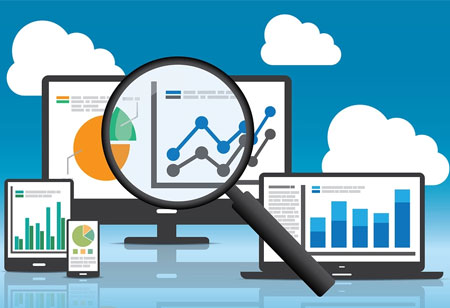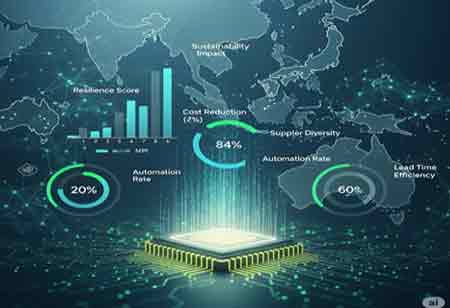THANK YOU FOR SUBSCRIBING
Analytics-A better way to unlock Data Value
Organizations generally use three common types of analytics, which includes predictive analytics, descriptive analytics, and diagnostic analytics

By
Apac CIOOutlook | Thursday, January 01, 1970
Stay ahead of the industry with exclusive feature stories on the top companies, expert insights and the latest news delivered straight to your inbox. Subscribe today.
Data is the oxygen of today’s data-driven business world. Only with the right data organizations can make the right decisions. Moreover, getting a clear picture of data also drives the organizations to understand the business direction and objectives. So data analytics plays a crucial role in every organization. Organizations generally use three common types of analytics, which includes predictive analytics, descriptive analytics, and diagnostic analytics.
Descriptive Analytics:
The descriptive analytics uses the historical data to collect insights. By evaluating the past outcomes and the reason behind it, descriptive analytics can distinguish the data based on certain criteria or specification into groups. For instance, in the retail industry, with the past records of a particular product, the company can set a suitable price for that product.
Diagnostic Analytics:
Diagnostic analytics is an extensive level of analytics where data is dissected using methods such as drill down, data mining, correlations, and more. For its high efficiency and better outcomes, this advanced analytics is highly preferred. For instance, in marketing sector based on the customer’s past purchases, marketers can identify the customer’s choice in the brand, price, and product and group it into subcategories with which marketers can give suitable recommendations for the customers.
Predictive Analytics:
Predictive analytics offers valuable insights that help to anticipate the outcomes of the future events. With the pattern of the past data, predictive analytics identifies the threats and possibilities under certain conditions promoting effective decision making. There are three key processes for predictive analytics—predictive modeling, decision analysis and transaction profiling. With predictive modeling organizations will anticipate the outcomes, decision analysis brings out all the favorable choices for the organization under certain criteria, and transaction profiling helps the organization to view from a business perspective.





